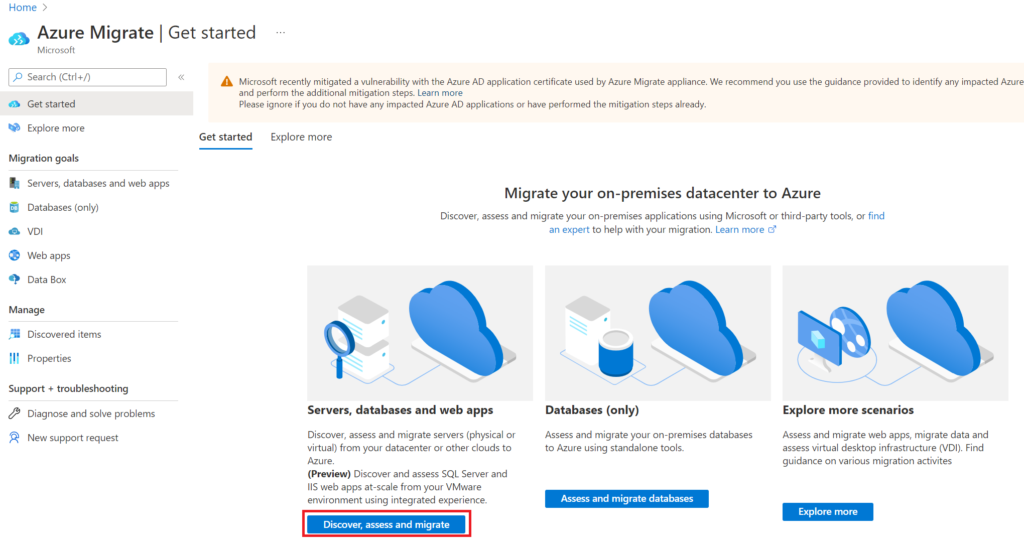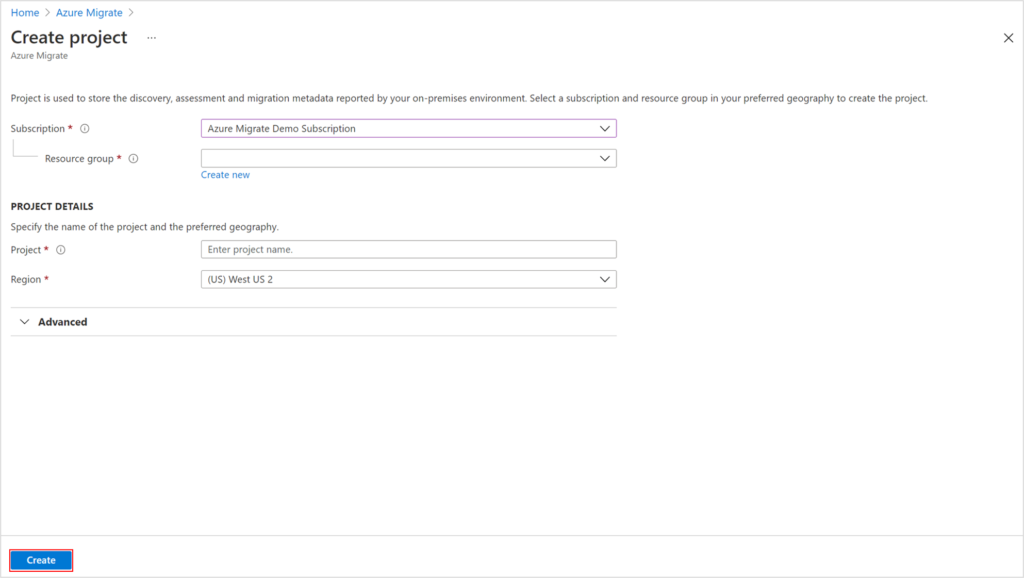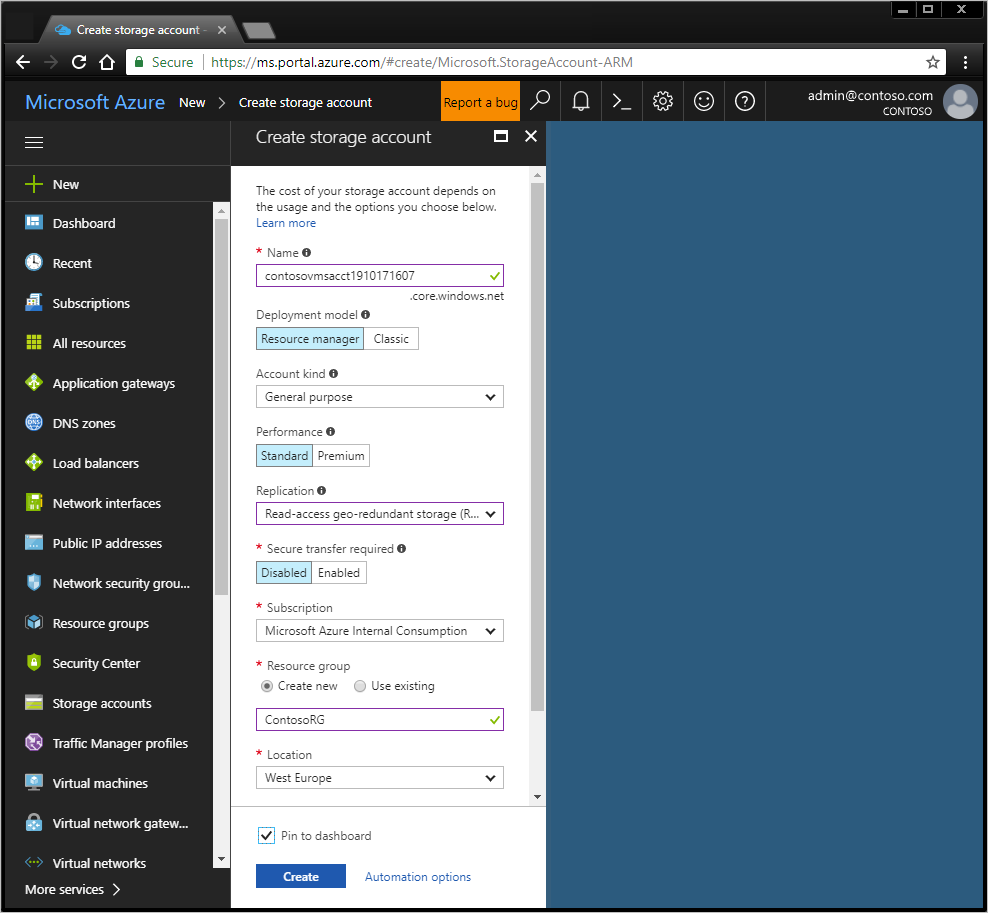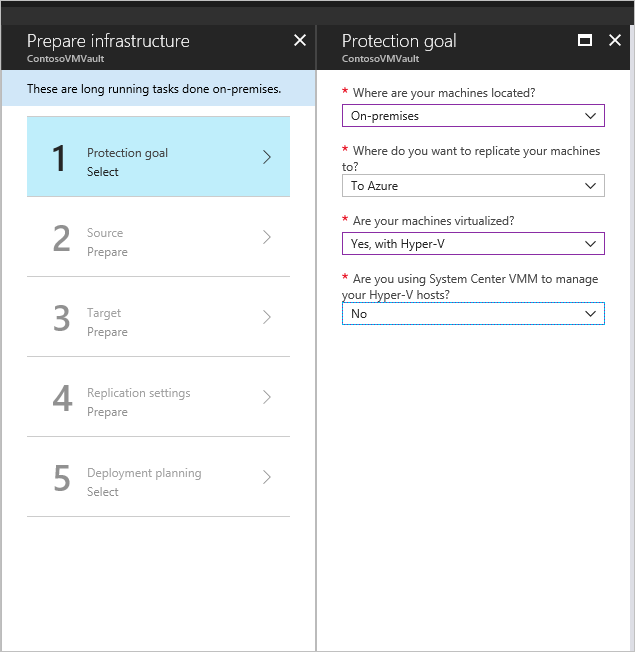Migrate on-premises machines to Azure
- QUESTION 119/227/575 You need to create an Azure Migrate migration project GOOD LINK
- QUESTION 91/209/575
- QUESTION 5/7/575 Litware, Inc. You need to the appropriate sizes for the Azure virtual for Server2. GOOD LINK
- QUESTION 52/181/575 Which two virtual machines can you access by using Azure migrate? GOOD LINK
- QUESTION 107/461/575
- QUESTION 11/547/575
- QUESTION 15/553/575 discover which on-premises virtual machines to assess for migration
- Search Azure Migrate
Migrate with Azure Migrate
Create a project for the first time
QUESTION 119/227/575 You need to create an Azure Migrate migration project

select Discover, assess and migrate.

- The geography is only used to store the metadata gathered from on-premises servers. You can select any target region for migration.
- Review supported geographies for public and government clouds.
- Azure Migrate: Discovery and assessment tool
- Azure Migrate: Server Migration tool
Azure Migrate: Discovery and assessment tool
Discovery and assessment use a lightweight Azure Migrate appliance that you deploy on-premises.
- The appliance runs on a VM or physical server. You can install it easily using a downloaded template.
- The appliance discovers on-premises servers. It also continually sends server metadata and performance data to Azure Migrate.
- Appliance discovery is agentless. Nothing is installed on discovered servers.
- After appliance discovery, you can gather discovered servers into groups and run assessments for each group.
Azure Migrate: Server Migration tool
- VMware VMs,
- Migrate VMs to Azure using agentless or agent-based migration.
- Hyper-V VMs,
- Server Migration uses provider agents installed on Hyper-V host for the migration
- physical servers.
Tutorial: Discover servers running in a VMware environment with Azure Migrate
Tutorial: Discover servers running on Hyper-V with Azure Migrate: Discovery and assessment
Tutorial: Discover physical servers with Azure Migrate: Discovery and assessment
Migrate with Site Recovery
- QUESTION 5/286/575
- QUESTION 5/7/575
- QUESTION 23/56 D. From the VM2 blade, click Disaster recovery, click Replication settings, and then select RSV2 as the Recovery Services vault.
If you’re already using Azure Site Recovery, and you want to continue using it for migration, follow the same steps that you use for disaster recovery.
Site Recovery manages and orchestrates disaster recovery of on-premises machines and Azure virtual machines (VMs), including replication, failover, and recovery.
- VMware VMs: Prepare Azure and VMware, start replicating machines, check that everything’s working, and run a failover.
- Hyper-V VMs: Prepare Azure and Hyper-V, start replicating machines, check that everything’s working, and run a failover.
- QUESTION 5/7/575
- Physical servers: Follow the walkthrough to prepare Azure, prepare machines for disaster recovery, and set up replication.
Prepare Azure resources for Hyper-V disaster recovery
1. Verify account permissions
2. Create a storage account
3. Create a recovery services vault
4. Set up an Azure network
This tutorial shows you how to prepare Azure components when you want to replicate on-premises VMs (Hyper-V) to Azure.
1. Verify account permissions
- Verify that your Azure account has replication permissions.
- Create an Azure storage account, which stores images of replicated machines.
- Create a Recovery Services vault, which stores metadata and configuration information for VMs and other replication components.
- Set up an Azure network. When Azure VMs are created after failover, they’re joined to this network.
If you just created a free Azure account, you’re the administrator for that subscription. If you’re not the administrator, work with the administrator to assign the permissions you need. To enable replication for a new virtual machine, you must have permission to:
- Create a VM in the selected resource group.
- Create a VM in the selected virtual network.
- Write to the selected storage account.
To complete these tasks, your account should be assigned the Virtual Machine Contributor built-in role. To manage Site Recovery operations in a vault, your account should be assigned the Site Recovery Contributor built-in role.
2. Create a storage account

Create a storage account
Images of replicated machines are held in Azure storage. Azure VMs are created from the storage when you fail over from on-premises to Azure. The storage account must be in the same region as the Recovery Services vault.
- In the Azure portal menu, select Create a resource > Storage > Storage account – blob, file, table, queue.
- In Create storage account, enter a name for the account. The name you choose must be unique within Azure, be from 3 to 24 characters long, and only use lowercase letters and numbers. For this tutorial, use contosovmsacct1910171607.
- In Deployment model, select Resource Manager.
- In Account kind, select Storage (general-purpose v1). Don’t select blob storage.
- In Replication, select the default Read-access geo-redundant storage for storage redundancy.
- In Performance, select Standard. Next, in Access tier, select the default option of Hot.
- In Subscription, choose the subscription in which you want to create the new storage account.
- In Resource group, enter a new resource group. An Azure resource group is a logical container in which Azure resources are deployed and managed. For this tutorial, use ContosoRG.
- In Location, choose the geographic location for your storage account. For this tutorial, use West Europe.
- Select Create to create the storage account.
3. Create a recovery services vault
4. Set up an Azure network
Prepare on-premises Hyper-V servers for disaster recovery to Azure
This article describes how to prepare your on-premises Hyper-V infrastructure when you want to set up disaster recovery of Hyper-VMs to Azure, using Azure Site Recovery.
Set up disaster recovery of on-premises Hyper-V VMs to Azure (NO VMM)
In this tutorial, you learn how to:
- Select your replication source and target.
- Set up the source replication environment, including on-premises Site Recovery components and the target replication environment.
- Create a replication policy.
- Enable replication for a VM.

Select a replication goal
- In the Azure portal, go to Recovery Services vaults and select the vault. We prepared the vault ContosoVMVault in the previous tutorial.
- In Getting Started, select Site Recovery, and then select Prepare Infrastructure.
- In Protection goal > Where are your machines located?, select On-premises.
- In Where do you want to replicate your machines?, select To Azure.
- In Are your machines virtualized?, select Yes, with Hyper-V.
- In Are you using System Center VMM to manage your Hyper-V hosts?, select No.